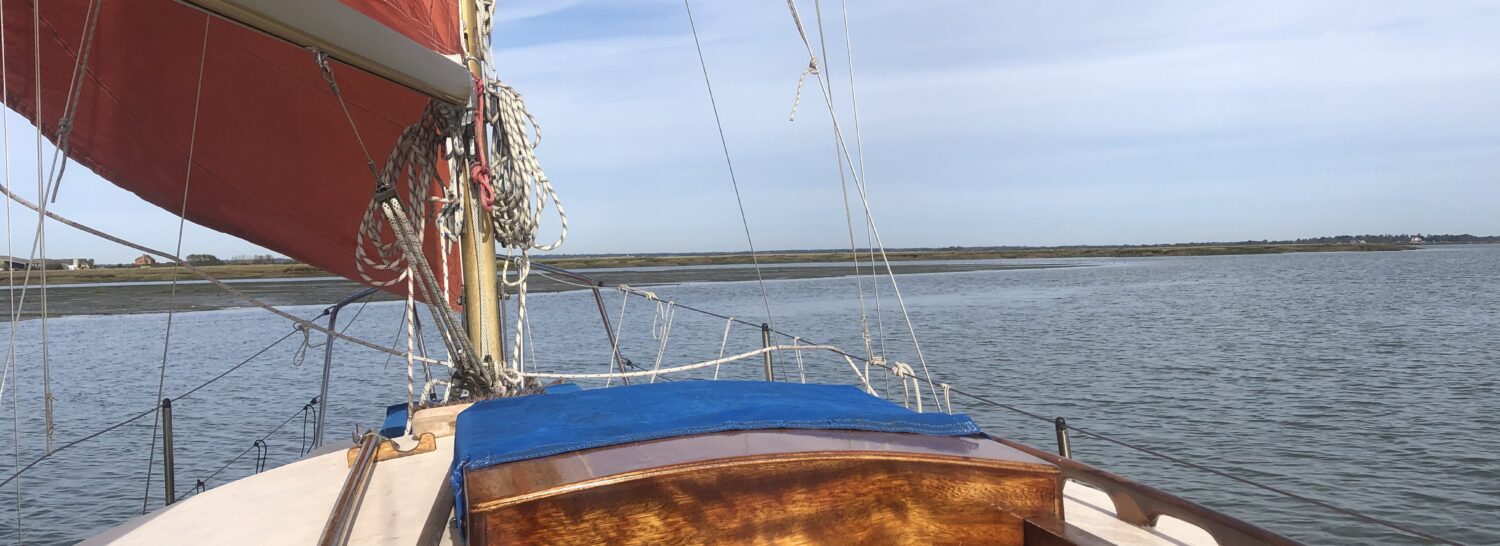Abandoned vessels have almost become the norm around the Thames estuary shores. A news item recently in the maritime press – Leisure Marine – has highlighted the problem of the end of life for boats.
See: https://marineindustrynews.co.uk/about/
Some interesting ‘stuff’ is discussed in this industry media outlet…
It used to be common for old wooden boats to be hulked in a rill, creek or lonely piece of salting to gently rot away. The hull as it died often became the home for numerous creatures as well as a convenient perch for bird life.
I wrote an article about this in a magazine now long out of print back in 2010. It was published in Anglia Afloat in May/June 2011 issue.
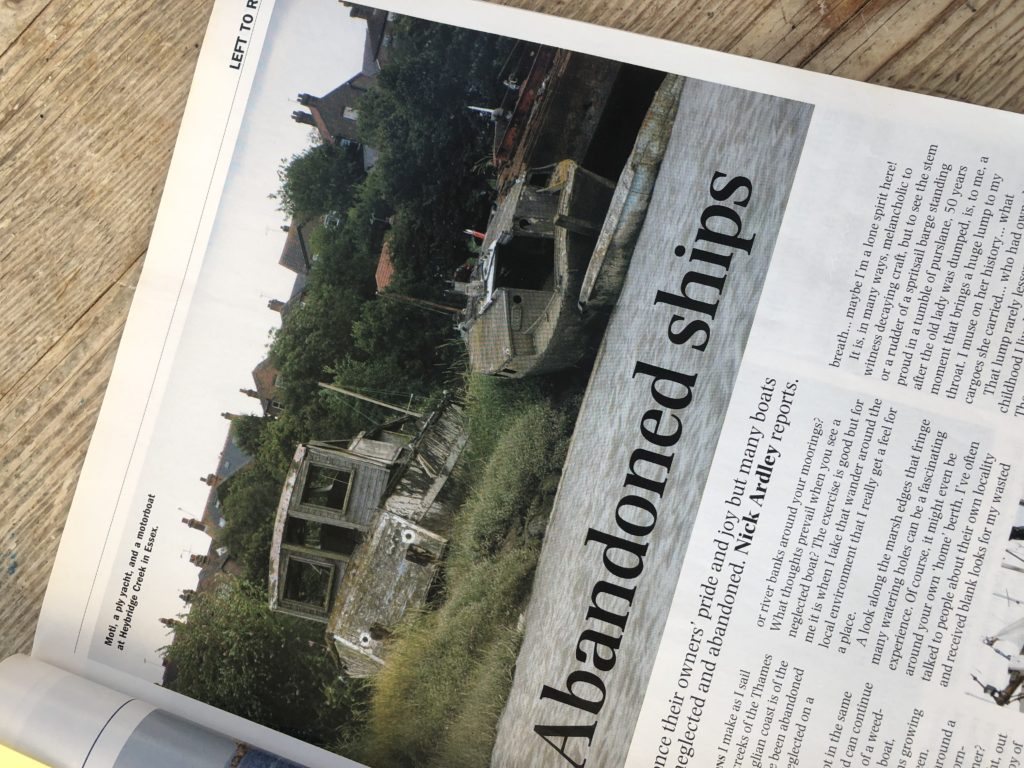
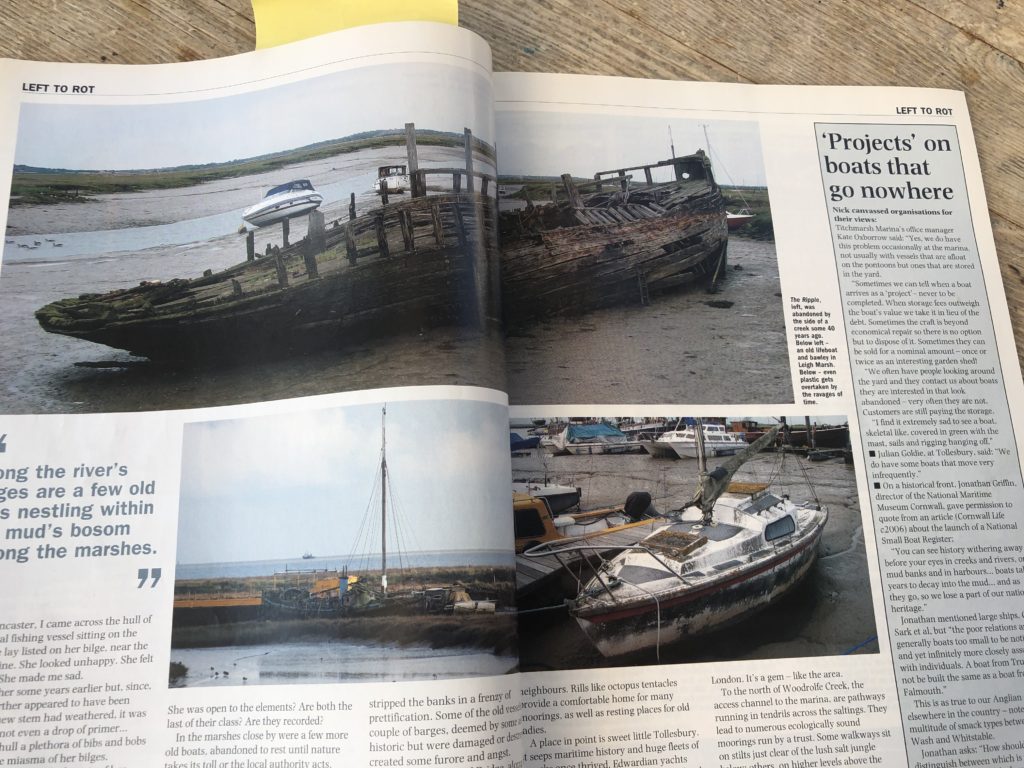
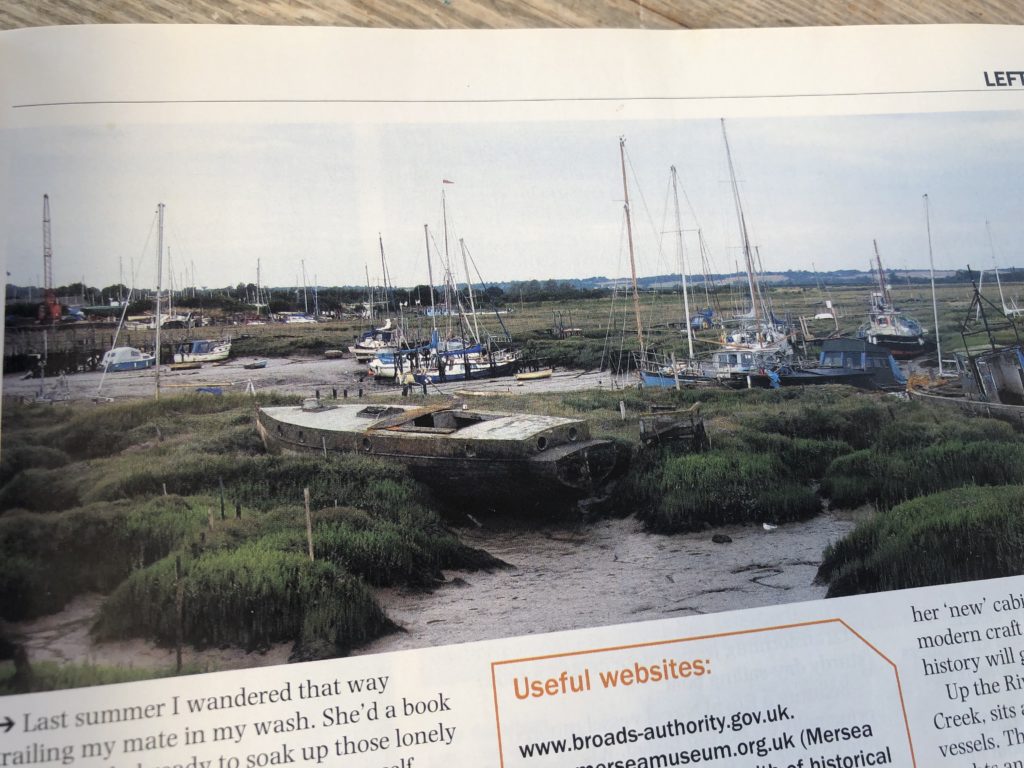
I have for decades followed the fate of vessels during their end of life years. A spritsail barge hulked nigh on thirty years ago has progressed from a fire damaged hull to a broken and time ravaged ruin.
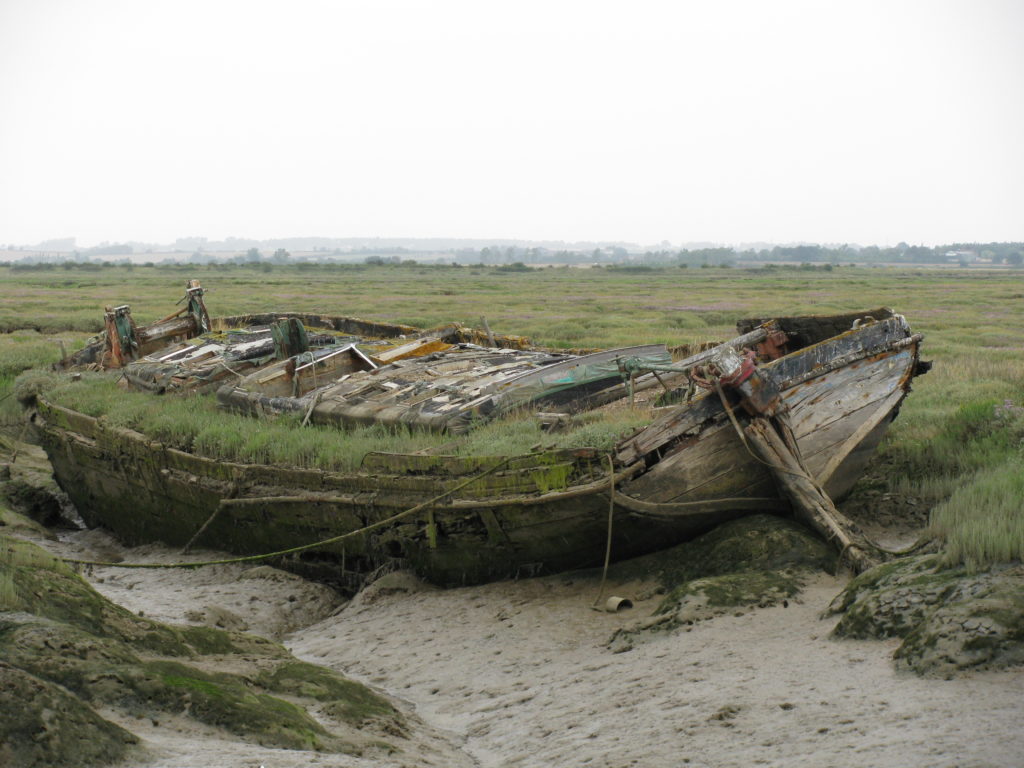
A Maldon oyster smack the Joseph T which was taken ashore at Maylandsea where a full restoration was begun, oh, some twenty years ago, possibly longer, has in the last year after many years of stagnation and abandonment, been sawn up for firewood.
Perhaps she would have better served the environment by acting as a wave break against a marsh edge to allow silts to build up, as was often the way…
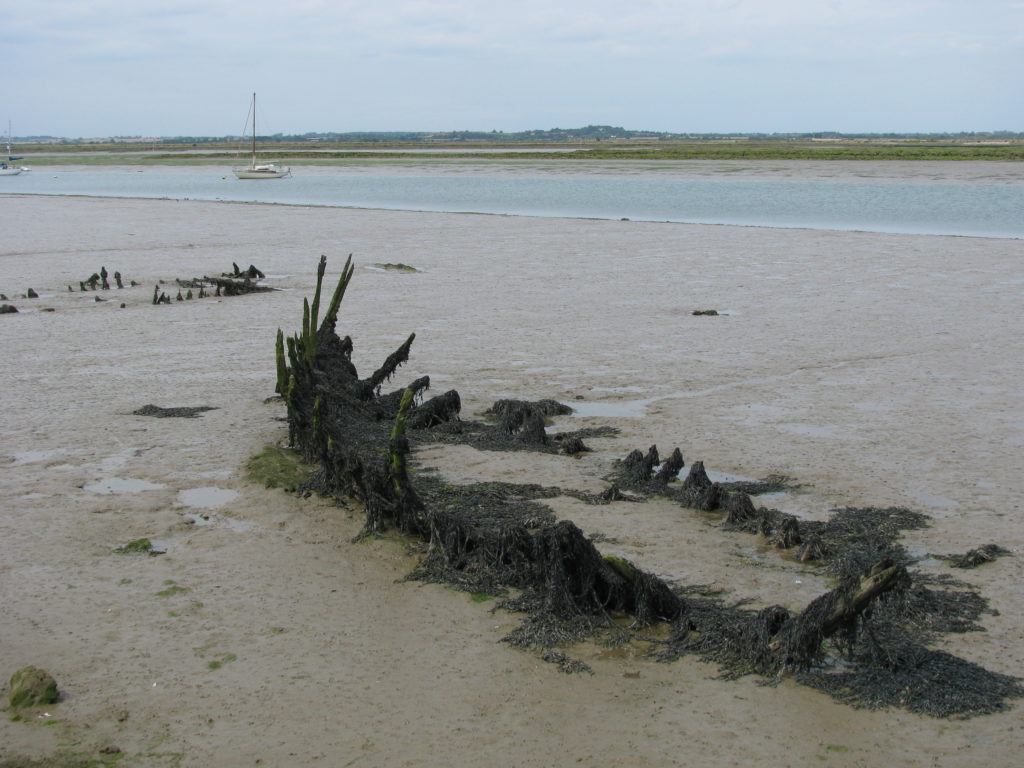
Wherever one walks the banks of creeks, vessels which were once someone’s pride and joy sit neglected until taken ashore or they sink, creating a headache for other mooring holders.
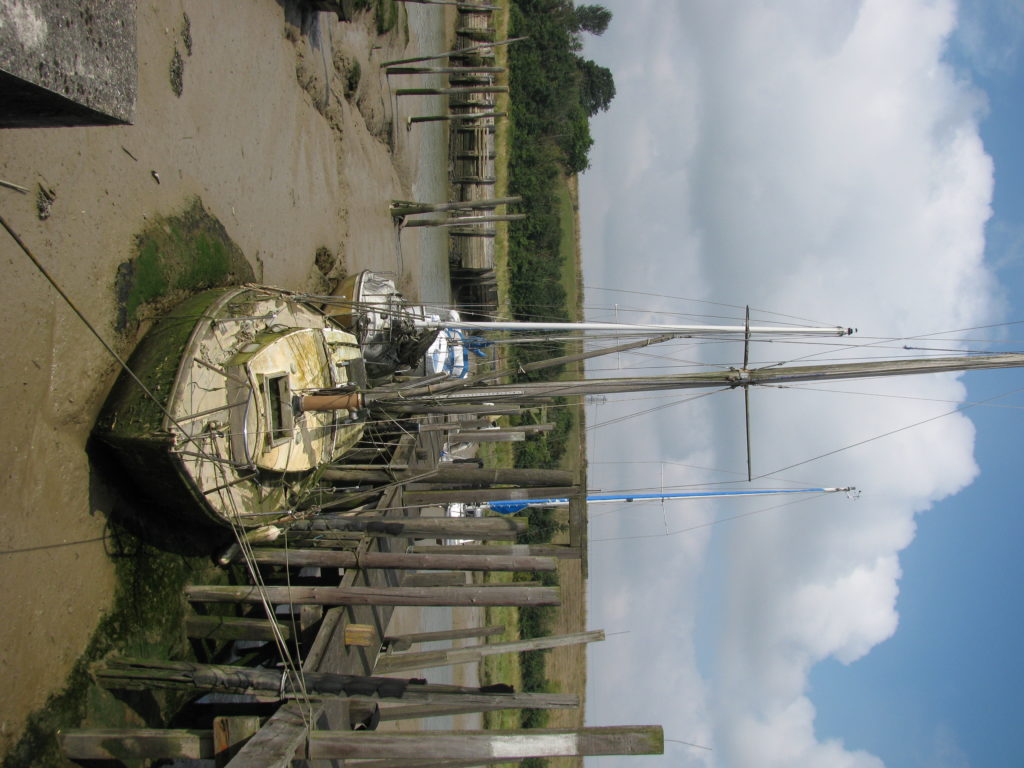
Some while ago, during the first lockdown periods of 2020 there was an article in the media about a vessel that had sunk on moorings in Brixham Harbour. She became the responsibility of the harbour authority to remove. This apparently is the case and clearly the fact is known by unscrupulous owners seeking to abandon a vessel.
The means employed is often to sell a boat worthy of restoration. That owner disappears leaving the new starry eyed owner very quickly scratching ‘his’ head wondering what to do. A headache with too many jobs to make her seaworthy to move…
She sits abandoned until eventually she sinks. The harbour authority cannot trace the new owner…
It is happening – as seen on the River Medway recently where a large motor vessel clearly used as a floating caravan sank alongside Rochester Pier. Peel Ports had to have her removed.
See: https://msba.org.uk/?p=6463
Marinas hold a fair number of craft that when looked at closely are in the throes of abandonment. If the bills are being paid, the marina won’t do anything unless the boat sinks or becomes a hazard.
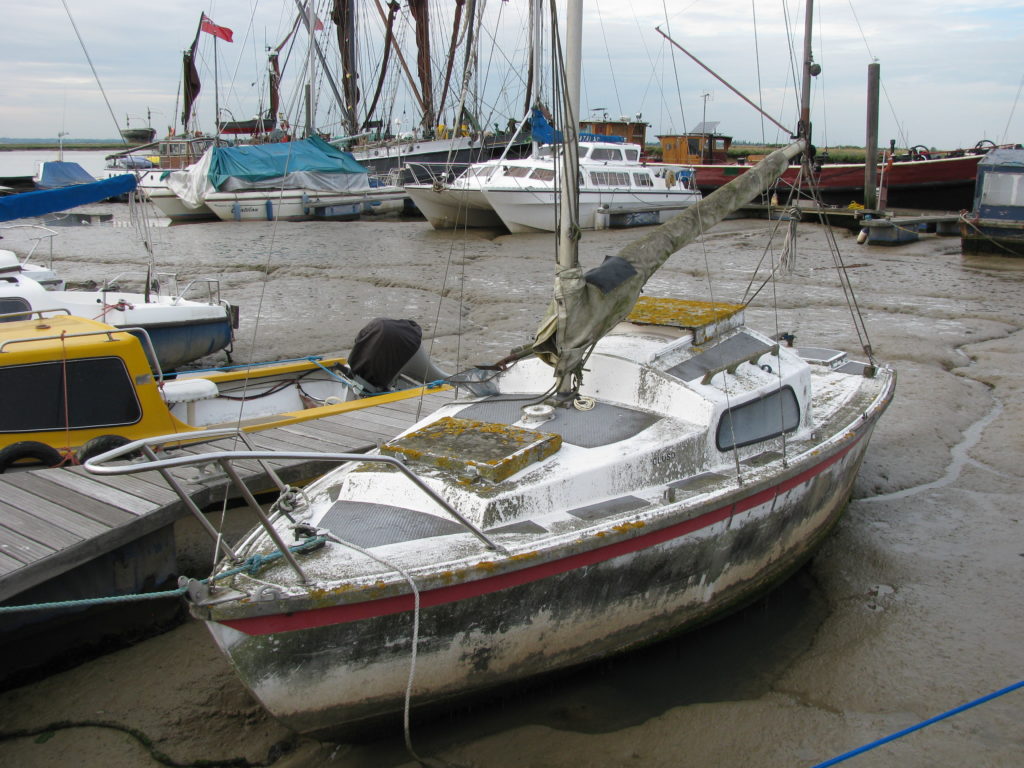
The biggest problem is with GRP: steel can be cut up and recycled. Wood can be sawn up and taken to landfill or burnt once noxious parts are removed.
The humble little GRP dinghy can be found sunk, half filled with mud and with saltings happily growing within anywhere you look. What do you do with them?
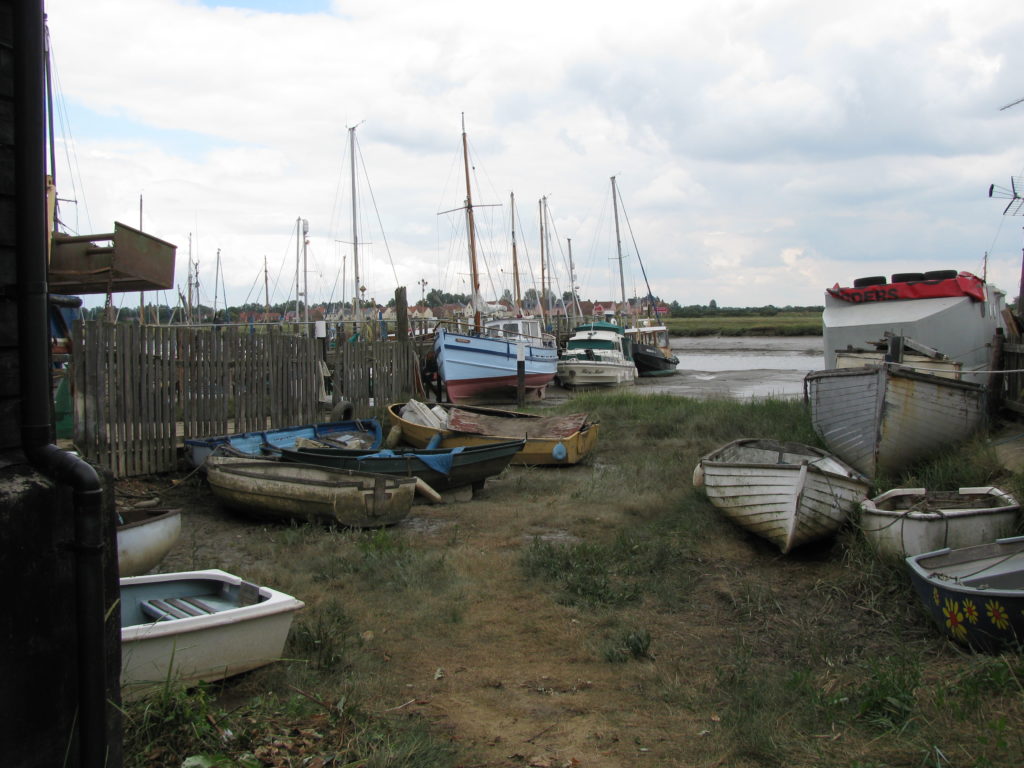
Apparently the EU Commission is looking at this problem. I bet too it was a British initiative from before our divorce. The directive is to come up with an industry solution by the end of 2022. Britain, will, I’m sure follow the industry guidance that falls out.
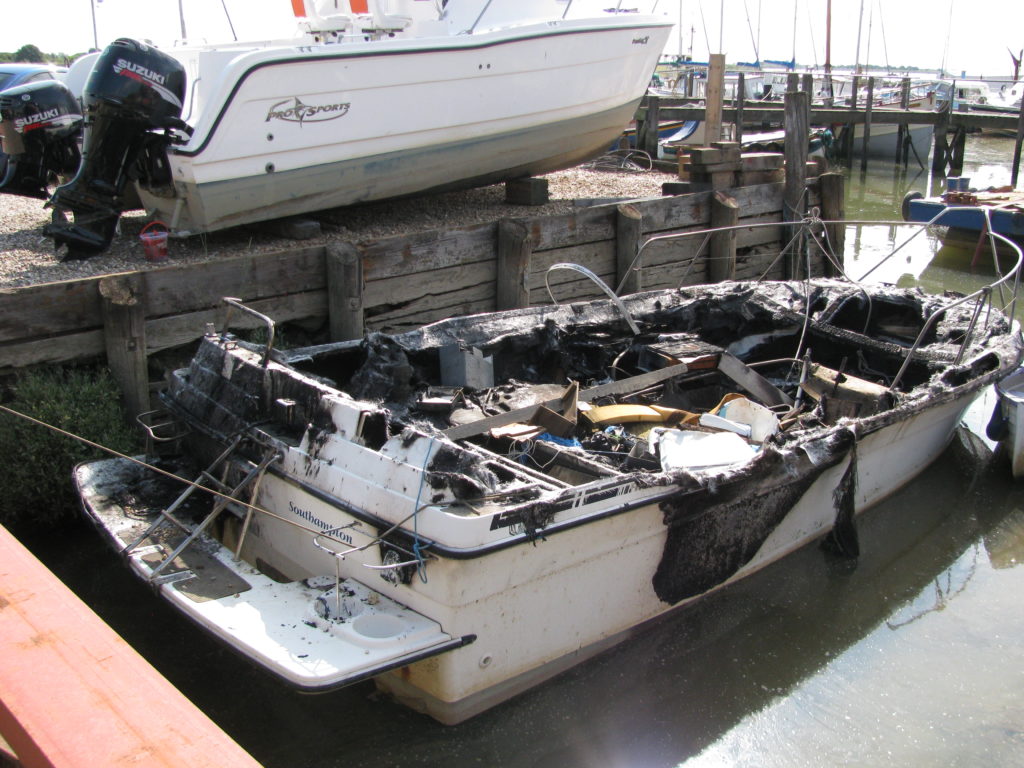
A database of ownership of privately owned vessels is being separately proposed by British Marine. Ross Wombwell, BM’s head of technical services wrote in Leisure marine News, 16 September 2021: the challenges are ‘to manage a long-term strategy to stop vessel abandonment…’ It is planned that this will go a long way (as for cars) to provide a ‘financially viable and environmentally friendly end of life disassembly and disposal.’
Food for thought for we will all, whatever type of boat we own, have to become registered owners. How this would work and how would vessels be marked are ponderable…
So, in the future, boats littering our waterfronts and abandoned in boatyards will be a thing of the past.
Hmmmmmm……. I wonder!
